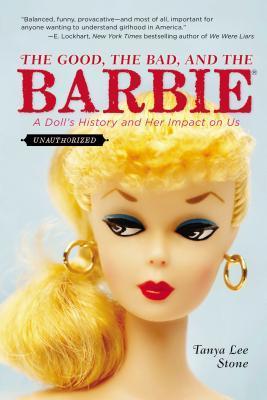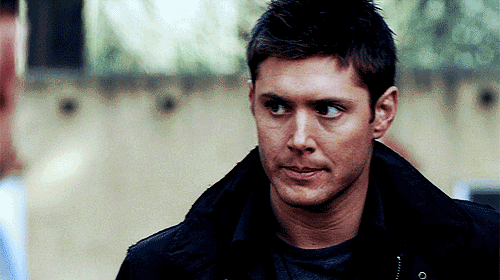What do you think?
Rate this book


128 pages, Paperback
First published October 14, 2010

"How barbie looked was never the issue, not to the girls who loved her, is what she taught us what mattered, and she taught us was that, like barbie,, we could be anything we wanted to be, so that's exactly what we all became."
"I think Barbie really was, in a lot of ways, the first feminist, she kind of pointed the way out of the kitchen for little girls" MG Lord
"Barbie has always represented the fact that a woman has choices" Ruth Handler
